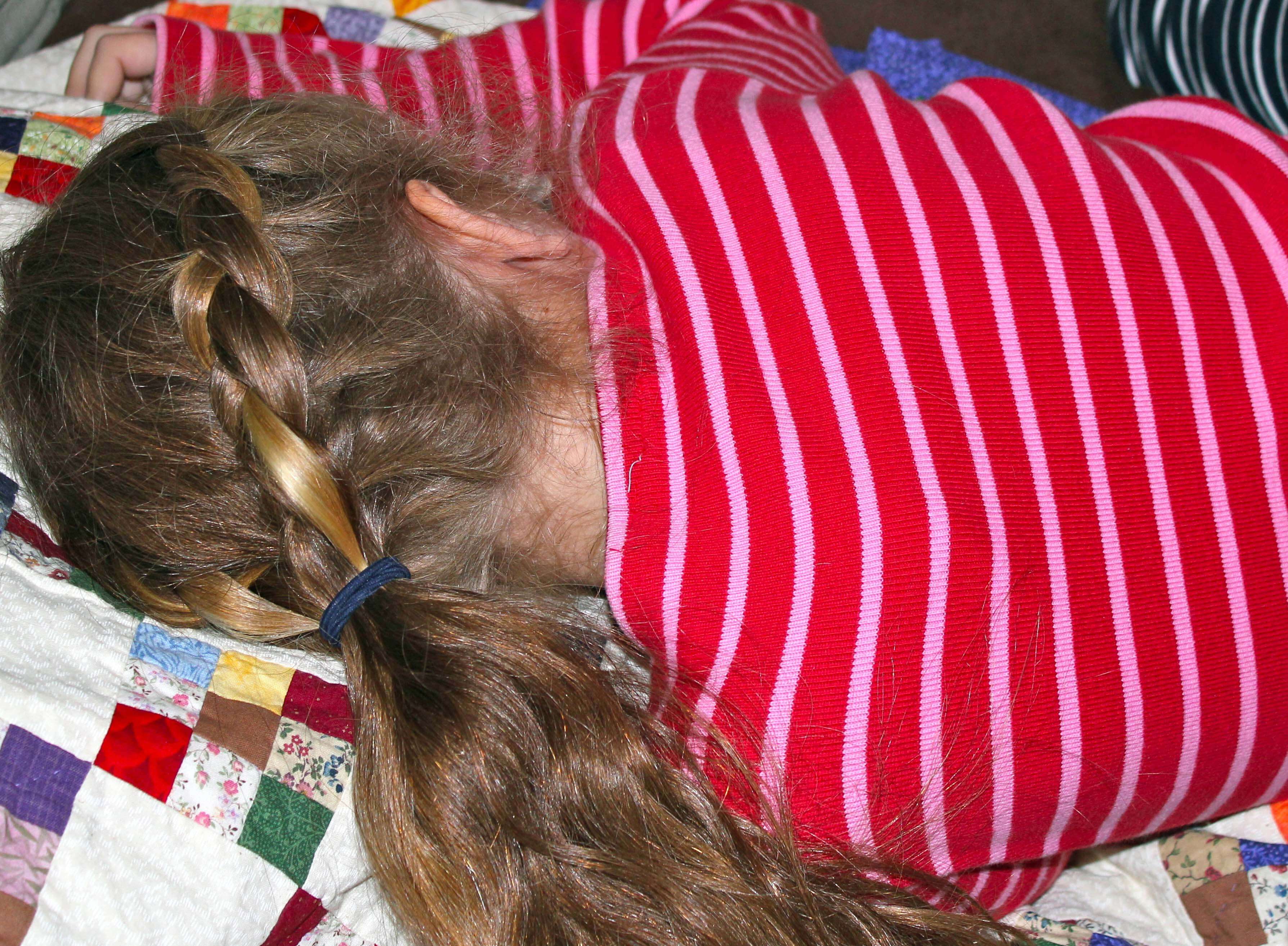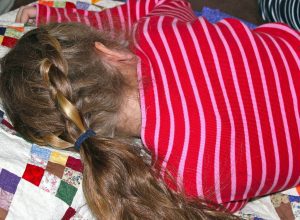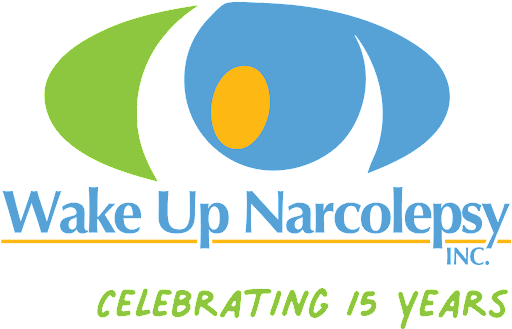
Jun 16 2019
Our Narcolepsy Journey
h in Voices of Narcolepsy
Voices of Narcolepsy
Guest Post by Claire Crisp
When our third child was born at home in England in 2006, we proudly chose to call her Mathilda. Not only because it’s a beautiful name, but because it means “warrior princess” and “mighty in battle.” We thought this a fine meaning to bestow on a child.

Within four months of receiving the vaccine, she was too ill to attend her pre-school and required 24-hour care at home, which my husband and I gave her whilst he held down his job and I tried to home educate our other children (Liberty, then 10; and Elliot, then 8). But as the bottom fell out of Mathilda’s world, it did so for the rest of us, and all our lives changed irrevocably, as caring for Mathilda demanded the full-time attention of at least one adult.
After several hospital admissions, the last of which we were told both she and I would be referred to the psychiatric team, a visiting doctor at the Bristol Children’s Hospital finally diagnosed Mathilda with narcolepsy. He had, he said, never seen a child so young with this condition, but her cataplexy attacks were a giveaway. Her blood tests revealed she carried the gene for narcolepsy HLA-DQB1, but at that stage, we had no idea that the H1N1 vaccine contained squalene and was indeed the trigger.
With this timely diagnosis came some relief. We finally knew what we were dealing with and could turn our attention toward treatment. Coming to terms with an incurable condition has been very tough, but there were times when we thought it could have been so much worse.
Whilst every day and night brought it’s own agonies, we were hopeful that Xyrem, (a drug that would effectively help her achieve sleep at night) would be available. But the limitations of the National Health Service in England meant Xyrem would remain elusive for many years. In our desperation, we began to look elsewhere for the specialist care she would need in order to live a “near-normal life.”
Several Skype conversations we had with Mali Einen, personal assistant to Prof. Emmanuel Mignot at Stanford University, gave us hope. As Mathilda’s health continued to deteriorate, we began to seriously consider ways to secure her treatment by moving to the USA, where we knew the expertise, access to medications, and leading research on narcolepsy lay. It took another year before we could secure a job in Pasadena, sell our house in Bristol, and move all five of us to California, where we now reside.
On arriving in Los Angeles in July 2011, just three days before Mathilda’s 4th birthday, we drove directly up to Stanford and were seen by Prof. Mignot. It was the first time we had met a doctor who knew more about narcolepsy than we did and the first time they had seen such a young patient.
To begin with, Mathilda had to be weaned off her current medications, a sleep study was ordered (which also revealed sleep apnea), and treatment for her narcolepsy began in earnest. Within the following months, she had surgery at the Los Angeles Children’s Hospital for her sleep apnea and started kindergarten at a local school. Unfortunately, the surgery was not successful and she now wears a palate expander 24 hours a day (a pioneering treatment for this condition), which will hopefully stretch out her airways and allow greater uptake of oxygen when she breathes.
Mathilda, (now 7) responded well to Xyrem, which is given twice through the night and Strattera, which she takes in the morning to help with her cataplexy and wakefulness. She has two scheduled naps a day, one in school at the back of the classroom on a mat, and the other in the car on the way home. All other times of the day she is fully alert and able to function at a high level.
She is thriving academically in second grade, loves reading, drawing, playing with friends, swimming, and going to church. She dances and sings, attends birthday parties, and writes stories. And she is often the first child to help another who is hurt or upset. Whilst life for her is challenging around the clock and few people really understand her condition and the impact it has on her life, she has had the opportunity to flourish rather than fail, to laugh without collapsing, and faces a future that is potentially very bright. As I say to her regularly, “Narcolepsy is part of you, but it is not ALL of you.”
We are very grateful to the team at Stanford and the opportunity to move her here, for their ongoing care for her, and the positive impact that has had on all our lives. Was the move halfway around the world with three children worth it? My answer to that is a resounding YES!
It is my prayer that, through the tired eyes of narcolepsy, Mathilda will look back as an adult and not just see she was the youngest narcoleptic in the world but also acknowledge the work and commitment of those who strive to make life meaningful for people who are too exhausted to lift their heads each morning. That she will lead a purposeful life by standing alongside others who know what it is to suffer, whether with narcolepsy or other chronic conditions that threaten their will to wake up each day.
Mathilda Anais Crisp already bears the mark of the afflicted, the determined, and of the “mighty in battle.” She goes to war each night with her drug regime and wakefulness, and seizes each day with a wrought-iron resolve rarely seen in a child of her age. She had proven that an effective drug regime and scheduled naps can indeed bring you close to leading a near-normal life even when the odds are against you. She is our warrior, and her future is very bright.
Claire Crisp
As Mathilda’s mum, I am writing a memoir of her story in order to raise awareness of narcolepsy in children and the parenting struggles that go alongside living with narcolepsy and caring for the chronically ill.
